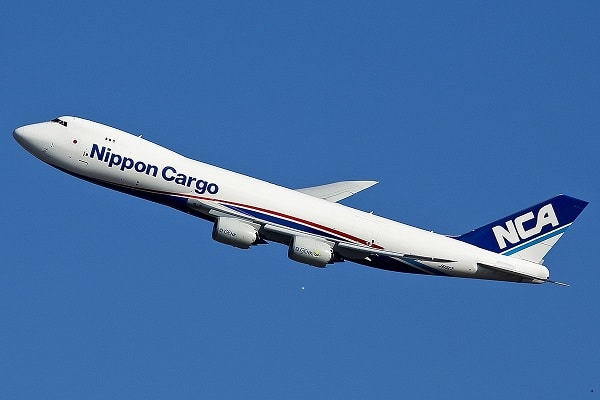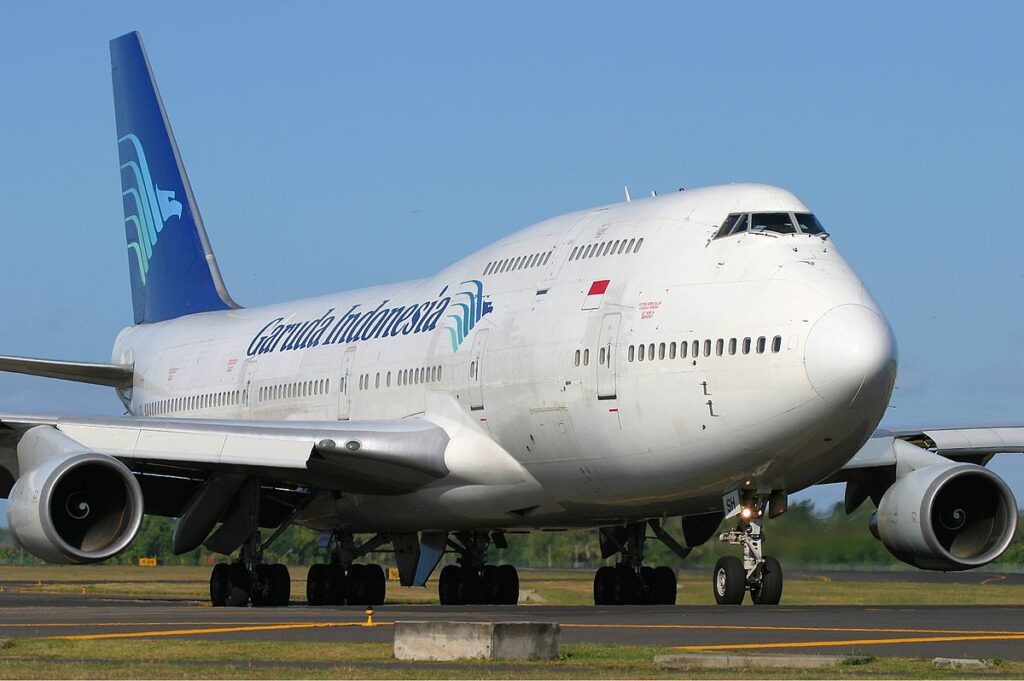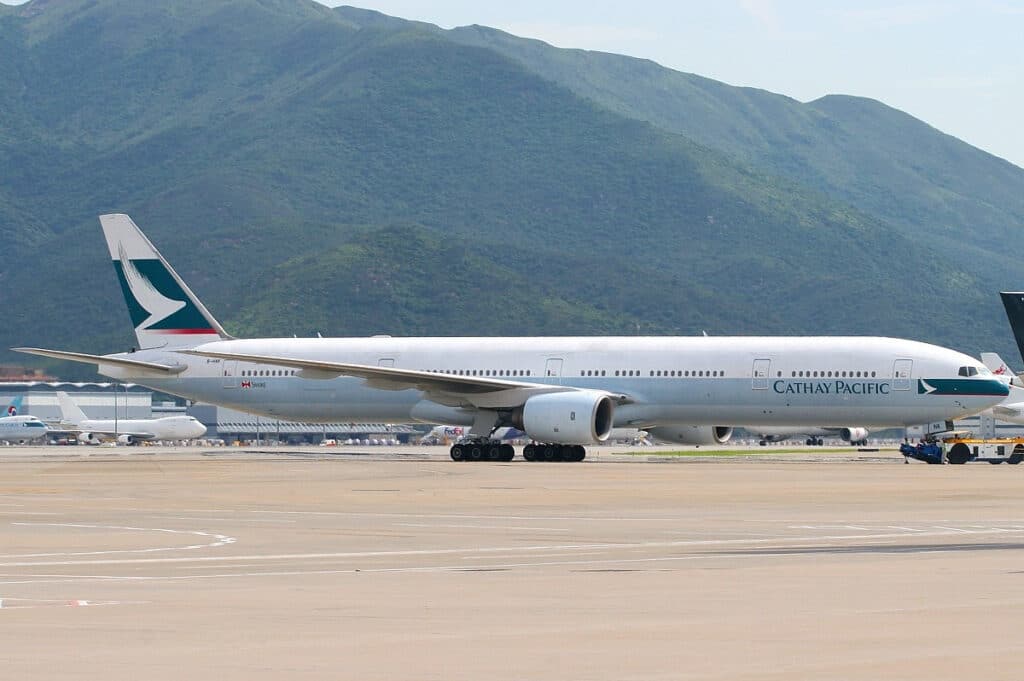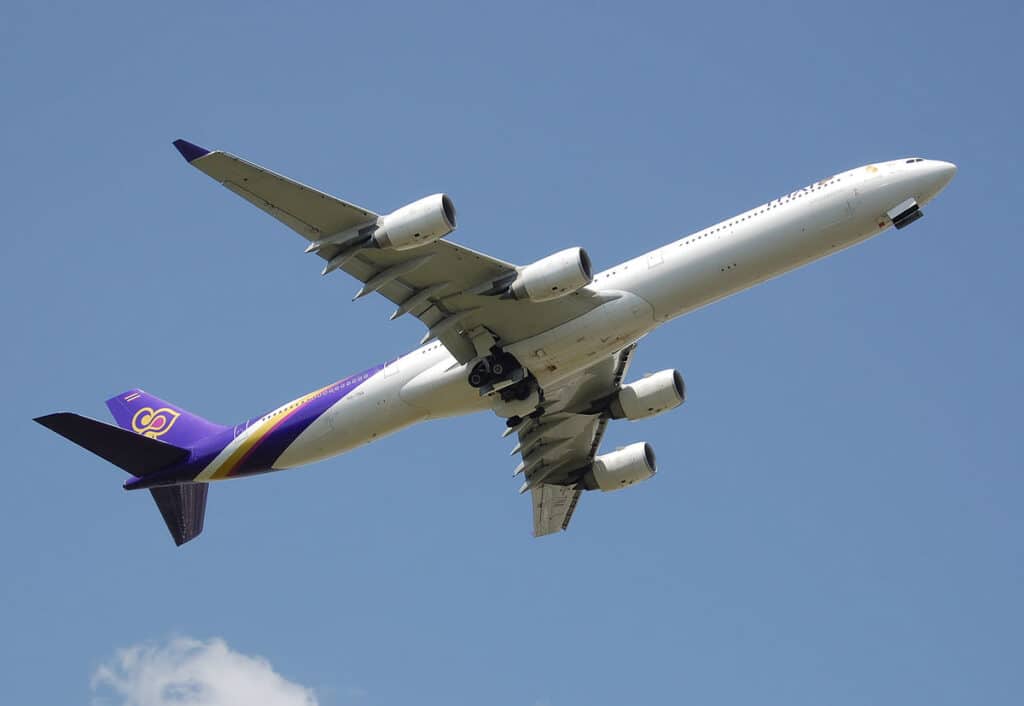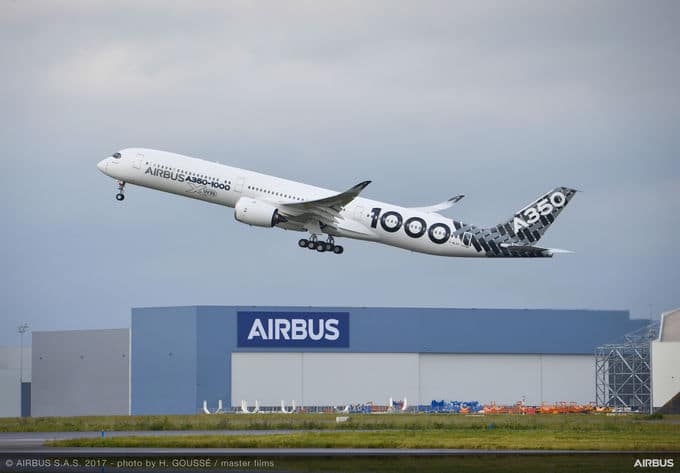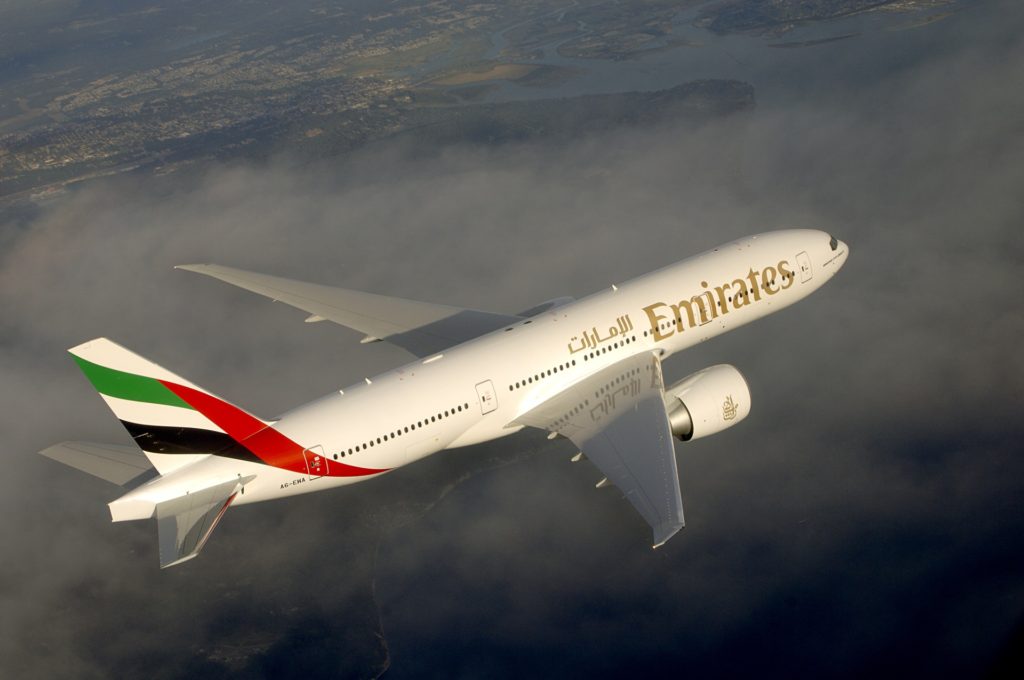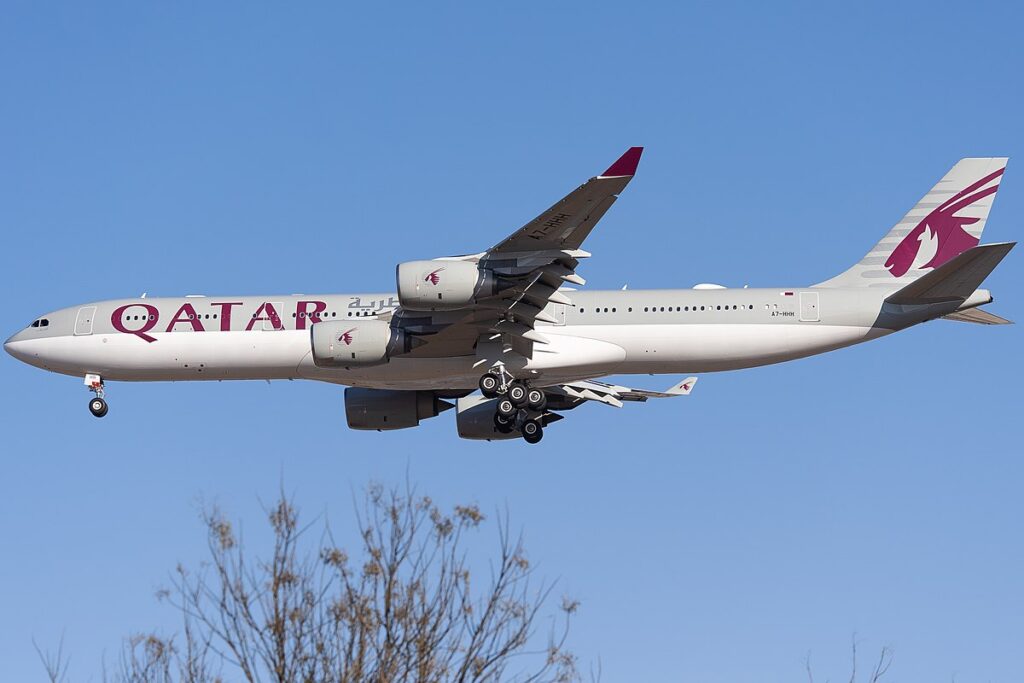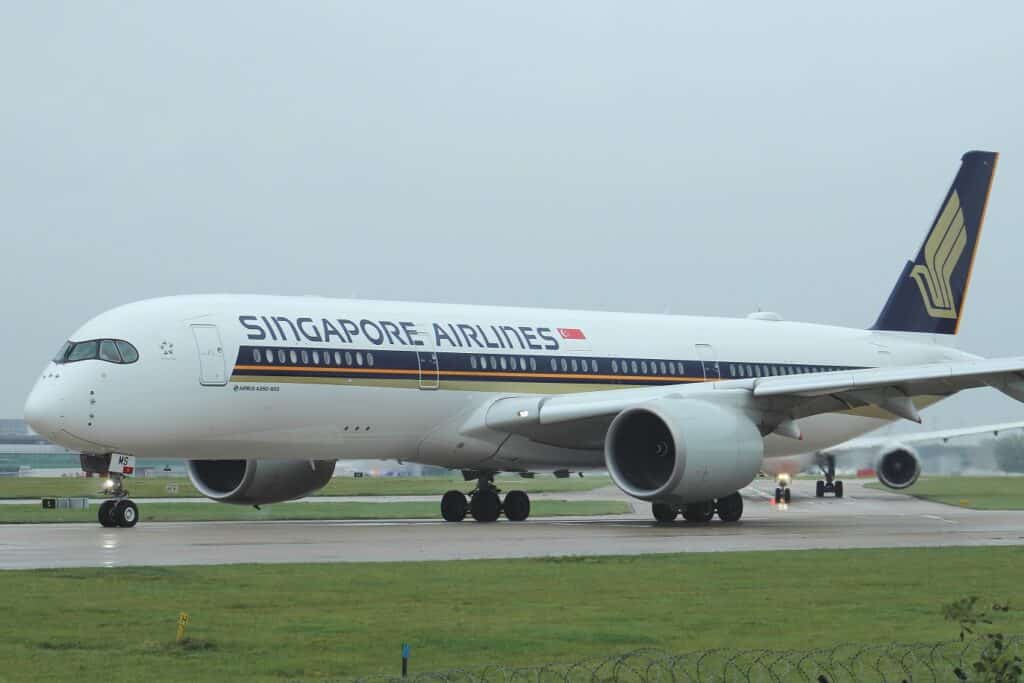Aviation
Top 10 Largest Passenger Aircraft in the World.
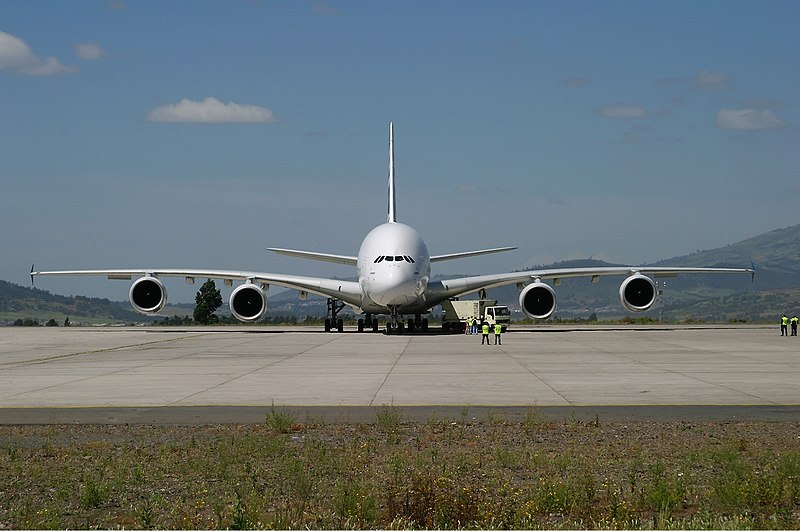
When we travel by air, we frequently consider the size of the aircraft and the number of passengers it can carry. In this article, we’ll take a look at some of the six largest aircraft ever built. Few airlines currently like flying such large aircraft.
Here are the Top 10 largest passenger aircraft that can transfer a number of passengers through these aircraft.
1. Airbus A380-800
A passenger aircraft built in France named the Airbus A380 800 has a seating capacity for 853 passengers in a single class or 644 in a two-tiered class. 8,208 nautical miles or 15,200 kilometers are the distances it can cover in a day. On April 27, 2005, the first flight was made. Despite having produced 242 aircraft as of 30 September 2020, Airbus announced the retirement of the A380-800 in 2021 due to weak sales. Emirates is now the largest A380 operator. Emirates has a total of 118 A380s, after receiving its final five in 2021, including the last of the type to be produced
2. Boeing 747-8
The Boeing 747-8 is a wide-body airliner created by Boeing Commercial Airplanes. A passenger aircraft made in the country is the Boeing 747-8. If a single-class system is used, it can hold 700 passengers and if a double-class system is used, it can hold 600 passengers. The aircraft can fly for up to 14,816 kilometers or 8,000 nautical miles. The brand-new Boeing 777X, which is scheduled to go into service in 2024, will take the place of the Boeing 747-8.
3.Boeing 747-400
The Boeing 747 400 is a passenger aircraft produced in the United States by Boeing. It can carry 660 passengers in an all-economy cabin, 524 passengers in a two-class configuration, and 416 passengers in a three-class configuration. It can travel up to 13,446 kilometers or 7,260 nautical miles. The first flight took place on April 28, 1988. The 747-400 was a significant advancement for the 747 series, featuring numerous structural and electrical upgrades.
Prior to the coronavirus crisis in the summer of 2020, British Airways, one of the major carriers, decommissioned its entire 747 fleet. Atlas Air is now its primary operator.
4. Boeing 777-300
The Boeing 777 300 is a passenger aircraft made in the US that can carry 451 passengers in a two-class configuration and 550 passengers in a single-class configuration. The aircraft made its maiden voyage in 2004 and is still a part of the fleets of airlines including United Airlines and Singapore Airlines. It can travel up to 11,135 kilometers or 6,013 nautical miles. With 131 777-300s in service, Emirates is the largest Boeing 777 operator in the world.
5. Airbus A340-600
The highest capacity member of the Airbus A340 Family, the A340-600 was introduced in 2002. 380 people can board the wide-body, four-engine aircraft. The two primary carriers as of October 2020 are Lufthansa (LHAB) (LHA) and Mahan Air. The Airbus A340-600 is the largest model in the A340 family, with a maximum seating capacity of 457 passengers. One of the largest fleets of these aircraft is operated by Lufthansa. This aircraft can travel 14,600 kilometers.
6. Airbus A350
The A350 is an airplane from the Airbus family. Despite its limited passenger capacity, it is the ideal alternative to the A380 aircraft. It is a long-haul, wide-body airplane that Airbus designed and built. the initial A350 concept put forth by Airbus in 2004. This aircraft can accommodate up to 480 passengers in single-class seating and 370 passengers in double-class seating. It has a Rolls Royce Trent engine that enables an aircraft to fly a distance of 16,100 kilometres.
7. Airbus A330-300
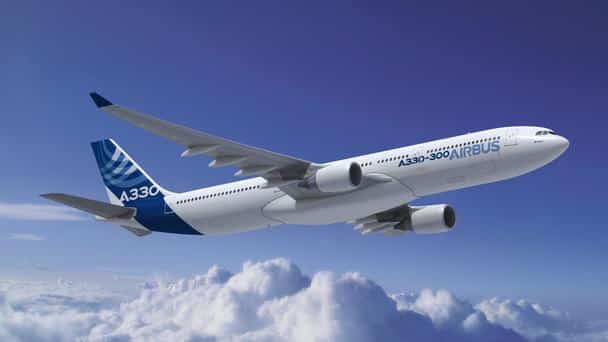
The twin-engine, wide-body Airbus A330-300 is a passenger aircraft with a medium to long range. With over 1000 produced, the aircraft is the A330 model with the highest sales. In 1994, Cathay Pacific Airlines conducted the inaugural flight of the original A330-300. It is an excellent aircraft for medium to long-haul flights with a maximum range of 6350 nautical miles. It can carry a up to 335 passengers.
8. Boeing B777-200LR
The second version of the B777 family is the Boeing 777-200LR. It was the first passenger jet ever introduced in 1995 that was completely integrated with computer-aided design. The B777-200LR has a 5,240 nautical mile range and a peak speed of 567 mph. The passenger capacity ranges from 314 to 451 passengers, depending on cabin setup.
9. Airbus A340-500
A passenger jet made in France is the Airbus A340-500. Although there were early deliveries in 2002, it was released in 2006. It is intended for 372 passengers in a single-class seat configuration and 313 passengers in a double-class layout. The Airbus A340-500 is built for international travel. It can go 9,000 nautical miles.
10. Airbus A350-900
The first version of the A350, which was created to compete with the Boeing 787 Dreamliner, is the A350-900. The plane has a 219-ft length and a 212-foot wingspan. In a three-class cabin layout, it can accommodate between 300 and 350 passengers, or it can seat up to 440 people. 8,100 nautical miles is the distance.

Aviation
Boeing, Antonov to Collaborate on Defense Projects

– MOU represents Boeing’s commitment to work with Ukrainian industry
– Includes exploring opportunities for collaborating on in-country support of Unmanned Aerial Systems
A Memorandum of Understanding was signed today by Boeing and Antonov Company to investigate potential collaboration on defense-related projects.
“We’re happy to keep collaborating with the Antonov Company to help Ukraine’s economic development and expansion,” stated Ted Colbert, CEO and president of Boeing Defence, Space, & Security.
Airbus and the Antonov An-225: The Best Partnership:Click here
“This agreement demonstrates our ongoing efforts to find more opportunities to work with Ukrainian industry, which was underscored by our signing of the Ukrainian Defence Industry Compact earlier this year.”
The areas of potential collaboration identified in the agreement consist of training, logistical support and overhaul services for tactical Unmanned Aerial Systems utilized by the Ukrainian Armed Forces, which includes the ScanEagle. In addition, the companies will also explore opportunities for Antonov to provide engineering support to Boeing.
The six largest cargo aircraft ever built in the aviation industry:Click here
“A strong, innovative, and efficient defense industry is key to sustainable economic development and national security, and we are extremely excited to collaborate with Boeing,” said Ievhen Gavrylov, CEO of Antonov Company.
This agreement brings a whole new level of opportunity to implement the latest and most effective solutions – in addition to the possibility of future projects with Boeing in the aerospace and defense industry.”
-

 Travel1 week ago
Travel1 week agoAir India to Expand US Operations with Three New Routes After a Decade
-

 Travel2 weeks ago
Travel2 weeks agoWhy We Should Avoid These Stamps in a Passport
-

 Airlines1 month ago
Airlines1 month agoInvestigations Reveal Fake Chinese Titanium in Boeing and Airbus Jets
-

 Tech4 weeks ago
Tech4 weeks agoChina’s CATL Plans 1,800-Mile Electric Plane Launch by 2027
-

 Airport3 days ago
Airport3 days agoTop 10 Largest Airports in the World by Size
-

 Aerospace4 weeks ago
Aerospace4 weeks agoChina’s Fighter Jets Turn Wings into Autonomous Drones
-

 Airlines4 days ago
Airlines4 days agoAir India Rolls Out A350s for Delhi-New York JFK and Newark Routes
-

 Defence3 weeks ago
Defence3 weeks agoBoeing Enhances Chinook with New Engines and Block II Upgrades at $96 Million

